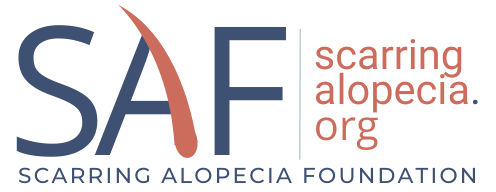Decoding Hair Loss: Exploring the Differences between Scarring and Non-Scarring Alopecia
Article Summary by Soneet Dhillon, MS | MD Candidate | Chicago Medical School
Scarring versus Non-Scarring Alopecia: An Interobserver Histopathological Reproducibility Study
Distinguishing between scarring and non-scarring alopecia, is difficult clinically even with trichoscopic (dermoscopy imaging of hair) evaluations. Histopathology (hair biopsy studies) can be helpful in confirming diagnosis. In this study, two dermatopathologists (dermatologists who specialize in reading biopsies) independently evaluated 100 specimens from 89 patients. In 16 cases, there was no agreement whether it was scarring vs. non-scarring hair alopecia initially, leading to re-biopsy in 3 patients. Overall, anatomopathological examination proved helpful in defining SA versus NSA subtype in 85.4% (76 out of 89 patients).
Notably, 4 samples initially classified as scarring were re-classified as non-scarring, while one non-scarring biopsy was reclassified as cicatricial due to newly found lichenoid inflammation. This reclassification emphasizes the complexity of distinguishing between scarring and non-scarring alopecia, as clinical and trichoscopic evaluations may not always provide clear distinctions. The ideal scalp examination, according to the study, may involve deep serial biopsy sectioning, elastic tissue staining, re-biopsy, and strict clinical correlation.
Overall, this study emphasizes that in cases where it is clinically challenging to differentiate between early scarring and non-scarring alopecia, understanding histopathological details supporting each hypothesis is crucial. In instances of disagreement between pathologists, obtaining a new biopsy is considered a valuable option to reach a more accurate diagnosis.
See full article here.
Reference:
Botega AADR, Amorim CV, Teixeira F, Borges Figueira de Mello CD, Stelini RF, Velho PENF, Cintra ML. Scarring versus Non-Scarring Alopecia: An Interobserver Histopathological Reproducibility Study. Skin Appendage Disord. 2023 Jan;9(1):34-41. doi: 10.1159/000526966. Epub 2022 Nov 25. PMID: 36643191; PMCID: PMC9833003.
